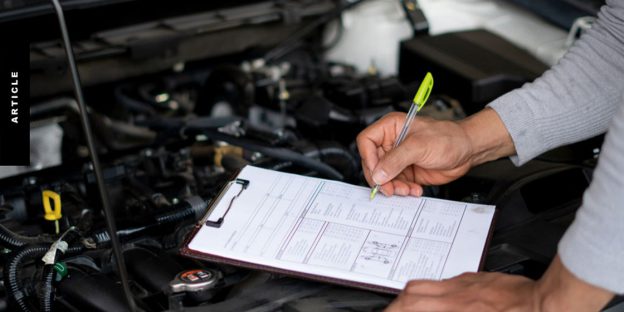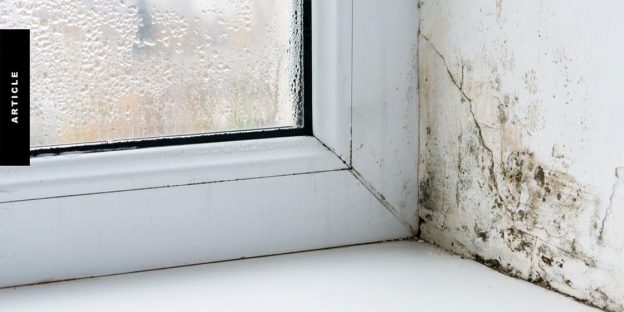Supply chain disruptions – shipping issues and computer chip shortages – mean there can be up to year-long delays in accessing new vehicles. It’s, therefore, important to keep your existing fleet well-maintained in the interim.
In the long term, these practices will save your business money and unscheduled vehicle downtime. Research shows an optimised maintenance program (i.e. predictive and proactive) can cut costs, as well as boost efficiency and vehicle reliability.
Recent case – successful claim for ‘undetectable’ truck defects
In a recent case, a truck driver, whose vehicle was a write-off when the front tyre blew out, causing it to crash, was successful in his insurance claim for losses. But he had to take it to the Australian Financial Complaints Authority (AFCA).
The insurer had pointed to a policy exclusion, saying the front tyres’ defects rendered the truck unsafe and unroadworthy and should have been picked up in standard inspections. However, the driver and his parent company, said the truck was regularly serviced. The previous service was just six weeks before the accident. They claimed the fault could not have been “reasonably detected” beforehand.
AFCA said while the defective tyres caused the crash, the claimants had taken appropriate steps to make sure the truck was in good condition, citing regular servicing and pre-trip checks. Curious to learn more? Here are the full AFCA determinations.
The case is a handy reminder to ensure your business has a proper vehicle maintenance approach.
Steps to keeping your fleet healthy
Follow these tips to keep your fleet in the best condition possible:
- Align your maintenance schedule with the manufacturer’s guidance on servicing in mind
- In between servicing, check engine, brake and radiator fluid levels
- Have drivers follow a pre-trip inspection list
- Ask trained maintenance staff to do yard checks
- Check tyre pressures at least monthly so they’ll wear more evenly and the vehicle will use less fuel
- Track fuel use, such as with fuel cards and GPS trackers, to discourage staff from speeding and taking needless detours
- Regularly see if the lights are working. If your staff often hit kangaroos, boost the headlights and consider adding a bull bar.
- Train your drivers on the importance of not driving too fast and therefore breaking too hard, which will shorten the vehicle’s life and cost your business more, and
- Build preventative maintenance and refresher training into your technicians’ role, particularly about new technologies.
The new ‘oil’ for your fleet
As a fleet manager, you may be overloaded with data about your vehicles.
Australian companies surveyed for a global Salesforce survey about data management admitted difficulty interpreting their data. About 45% said they couldn’t understand it because of complexity and poor accessibility. More than a third couldn’t generate insights from the data their systems created and collected.
Consider investing in advanced fleet maintenance that lets you use a bar-code inventory system to track parts and re-order when required. Such systems will help you become more proactive in optimising your approach. And to see what else is on the horizon for fleet maintenance, read about this year’s trends.
A better idea of the fleet data would help you understand that staff who use your work vehicles will have different driving and usage habits. This typically will lead to more wear and tear. Ensure the vehicle is the right type for the job.
Review your commercial car insurance
As well as the tips above, securing the right commercial vehicle insurance is a good risk management move. It’s tailor-made for cars or other vehicles used for or by a business, including personal vehicles used for business. And it’s tax deductible.
Typically, commercial vehicle insurance offers cover for businesses and their drivers, including for:
- Liability coverage for repairs and/or medical fees incurred by the other driver in the event of an accident
- Own damage cover, for the same, but for you or your vehicle.










